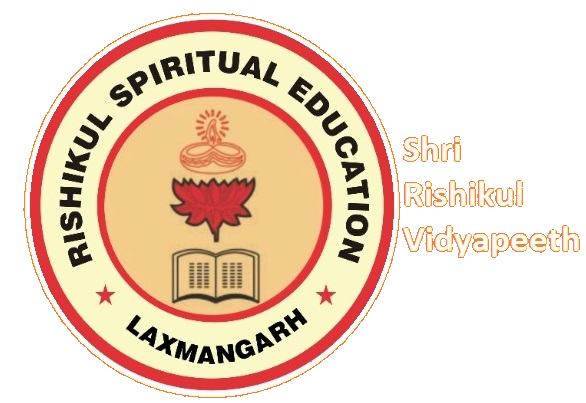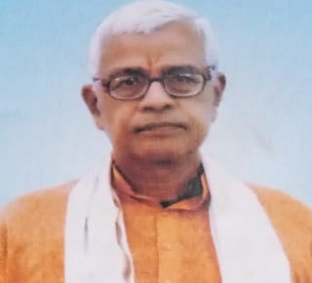Aims and Objectives
The fundamental aims and objects of the Rishikul Spiritual Education, as a whole, are purely spiritual, entirely non-sectarian, universally applicable and perfectly tolerant. The Rishikul Spiritual Education offers a peaceful haven wherein is provided ample opportunity and actual help for the restoration of peace to the troubled, conflict-ridden and psychologically traumatised personality of the modern man. Morality (from the Latin word moralitas that means “manner, character, proper behavior”) is the differentiation of intentions, decisions, and actions between those that are good (or right) and those that are bad (or wrong). It is determined by how one's genetic makeup interacts with the environment. The development of morality has been a subject of investigation for a number of decades, and our understanding of neuro-biological and psychological mechanisms has increased manifolds in the last few decades. Development of morality has been of particular significance to psychiatric literature because of its significant contribution to the development of one's personality and it's aberration in various disorders. Cultures that have been just, equal and moral have been widely accepted and appreciated. In this review, we shall summarize the modern theories of moral development and then look into a part of our past and cultural heritage and review the traditional Hindu concepts of morality and their contribution to development of one's personality and their relevance in the current times.


